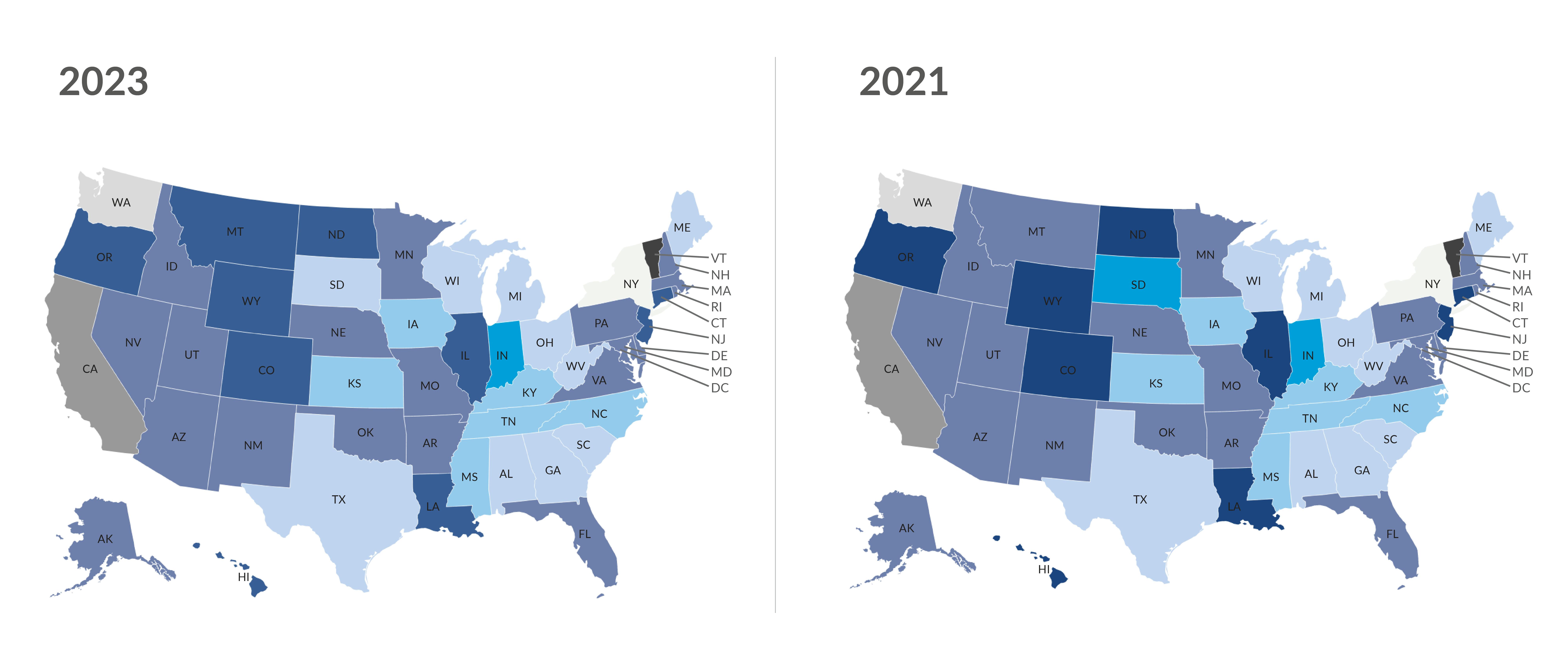In the United States, building energy codes are a critical foundation for ensuring the energy efficiency and sustainability of new and renovated buildings.
These codes both play a pivotal role in reducing operational energy use and carbon emissions while contributing significantly to our collective efforts to combat climate change.
However, many may not realize that these energy codes are not uniform across the country. Instead, they vary significantly from state to state, reflecting local climates, economies, and policy priorities.
This diversity in building energy codes underscores the importance of understanding and navigating the specific requirements in each state to achieve compliance, optimize energy efficiency, and drive forward our national sustainability targets.
The Role of Building Energy Codes
Building Energy Codes play a crucial role in regulating the energy efficiency of new and renovated buildings, reducing energy use and operational carbon emissions over the building's life cycle. The United States has adopted rigorous energy standards across states and territories to reduce energy consumption and combat climate change.
Adopting and Adapting Energy Codes
Energy codes in the United States have become increasingly stringent over the last few years, with many states adopting newer versions of codes. This progressive tightening of energy codes is supported by federal policies, recognizing that robust regulation will contribute to the country's efforts in achieving its national sustainability targets.

State-Specific Codes and Compliance
Some states comply with the energy code that they have developed. The selected code loads all the prescriptive inputs based on the codes, such as envelope and lighting. Other inputs not specified by energy codes are based on industry-standard practice, ASHRAE (American Society of Heating, Refrigerating, and Air Conditioning Engineers) User's Manual, and the PNNL Prototypes.
The Impact of ASHRAE and IECC Standards
In cove.tool, the project's building energy code is automatically selected based on building location, with each state in the US adopting a specific version of ASHRAE 90.1 or IECC (International Energy Conservation Code) standards.
By utilizing cove.tool, building professionals can ensure that their projects are compliant with the latest energy codes, leading to more sustainable and efficient buildings.
Building energy codes are indispensable tools in our quest for more sustainable and energy-efficient buildings.
By adhering to these codes, developers, architects, and builders can significantly reduce energy consumption, lower carbon emissions, and contribute to a healthier environment.
The diversity of these codes across states highlights the need for tailored approaches to compliance and optimization.
Thankfully, resources like cove.tool are available to simplify this process, ensuring that your projects not only meet but exceed energy efficiency standards.
For a deeper dive into leveraging the latest building energy codes for your next project, view the most up-to-date building energy codes across the United States and see how cove.tool accommodates the changes.